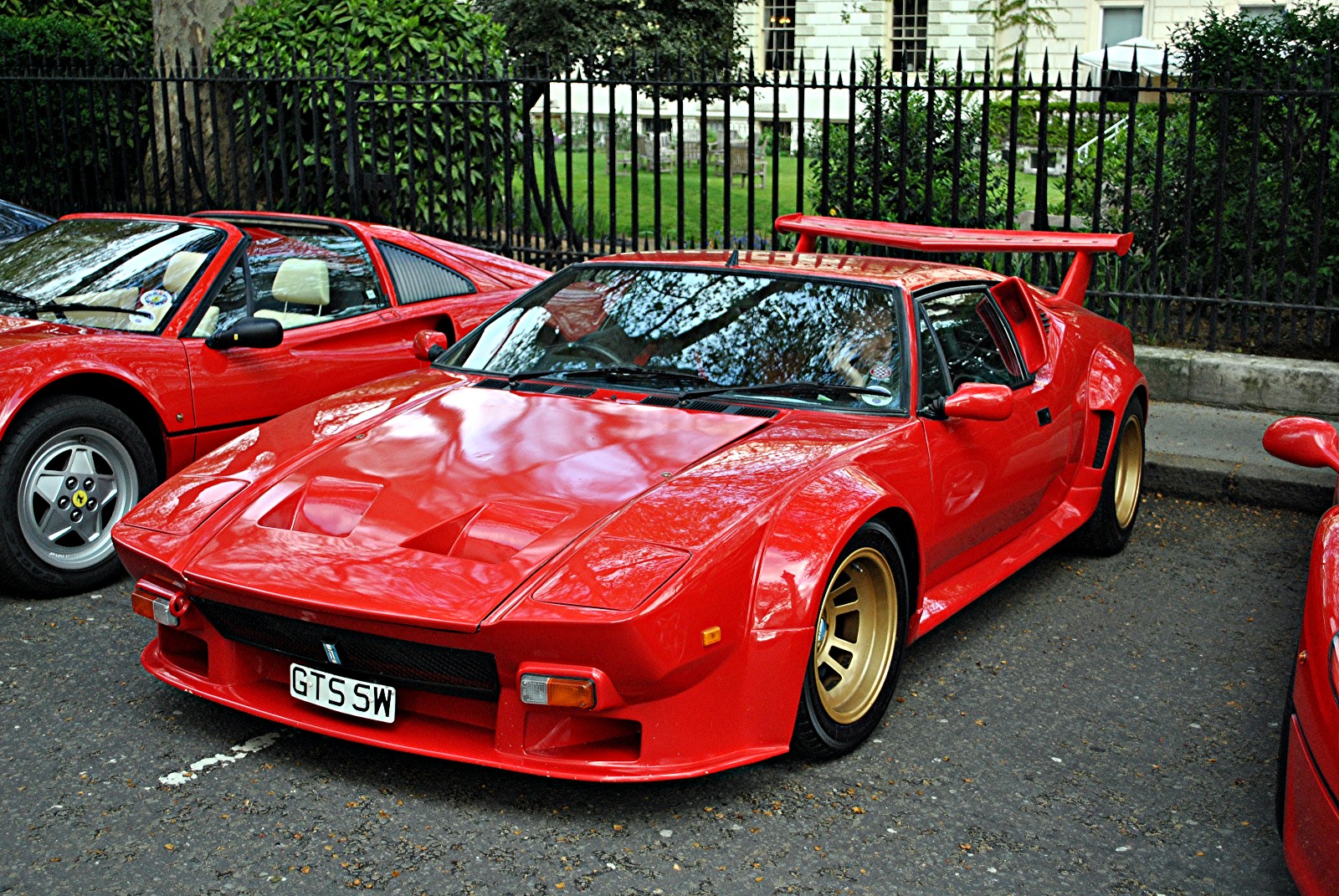Words: Devin Langston
Today's Dilemma: The thrill of driving a supercar today has drastically fallen off. Cars are constantly being altered today. They are altered so much to the point that its becoming a burden. The technology used in supercars today is taking away from the overall driving experience. In the early years of the supercar, it was road, car, and driver. Computer assistance was almost nonexistent in road going supercars.Yes, times have changed and the EPA has set standards on just about every aspect on what they think a "proper" automobile should have. The EPA is making it become harder and harder to build a car that's safe and appeals to consumer. Credit is given to the automaker in that category, but adding tons of computers isn't helping the process. Some of the computers are essential for safe driving, but not all of them are necessary. We all know that weight plays a big part in performance, the less weight you have, the better your performance is. It's evident that over the years cars have began to get slower, with a few exceptions. Just about every car today is weighed down with tons of computers. Take a trip back to the early 90's where speed was essential for a great car. The best cars where easily exceeding speeds of 200 mph. The XJ220 Jaguar topped out at 220mph, the EB110 Buggati stopped at a modest 217, and the Koenig C62 set a record speed of 235 mph! Each of these cars were fairly light causing them to reach such speeds. Today Ferrari's most recent supercar the 599 GTO is a huge computer on wheels. All the on board technology adds up to a grand total of 3,540lbs, causing several problems for the Italian stallion. When tested on top gear, it was sliding all over the track even with the traction control on. The GTO shed about 220lbs from the first model, but it added more technology in the process. There has also been a lack of creativity now-a-days. Computers are often responsible for the creation of a lot of cars. The Lamborghini Aventador, and the McLaren MP4 12-C are amazing vehicles in every way minus the fact they were made by computers performance and design wise. A laziness factor has blanketed the entire car world with only a few companies sticking to the basics.
The end of an era: Our supercars basically drive themselves today, which is not what they are meant for. Back in the days of the F1 and F40, supercars were driven with a purpose, not solely prestige. We have strayed away from what a supercar should honestly be. Even the little things that make you want to take the car out on a scenic drive mid Sunday has faded over the years.The thrill of driving down the road feeling the roaring V12 engine hammering down on your back has subsided. The feeling of your stomach flying to the back of your bucketseat when taking off from the stoplight is no longer there. The fun of taking a sharp turn and fighting against your machine is absent now. The great era of utilizing basic necessities to make a car is forever gone.We are so dependent on computers and adding more to what we already have is ruining the supercar world. It isn't always about the quantity inside the car, but more about the passion and quality put into the overall project.
























